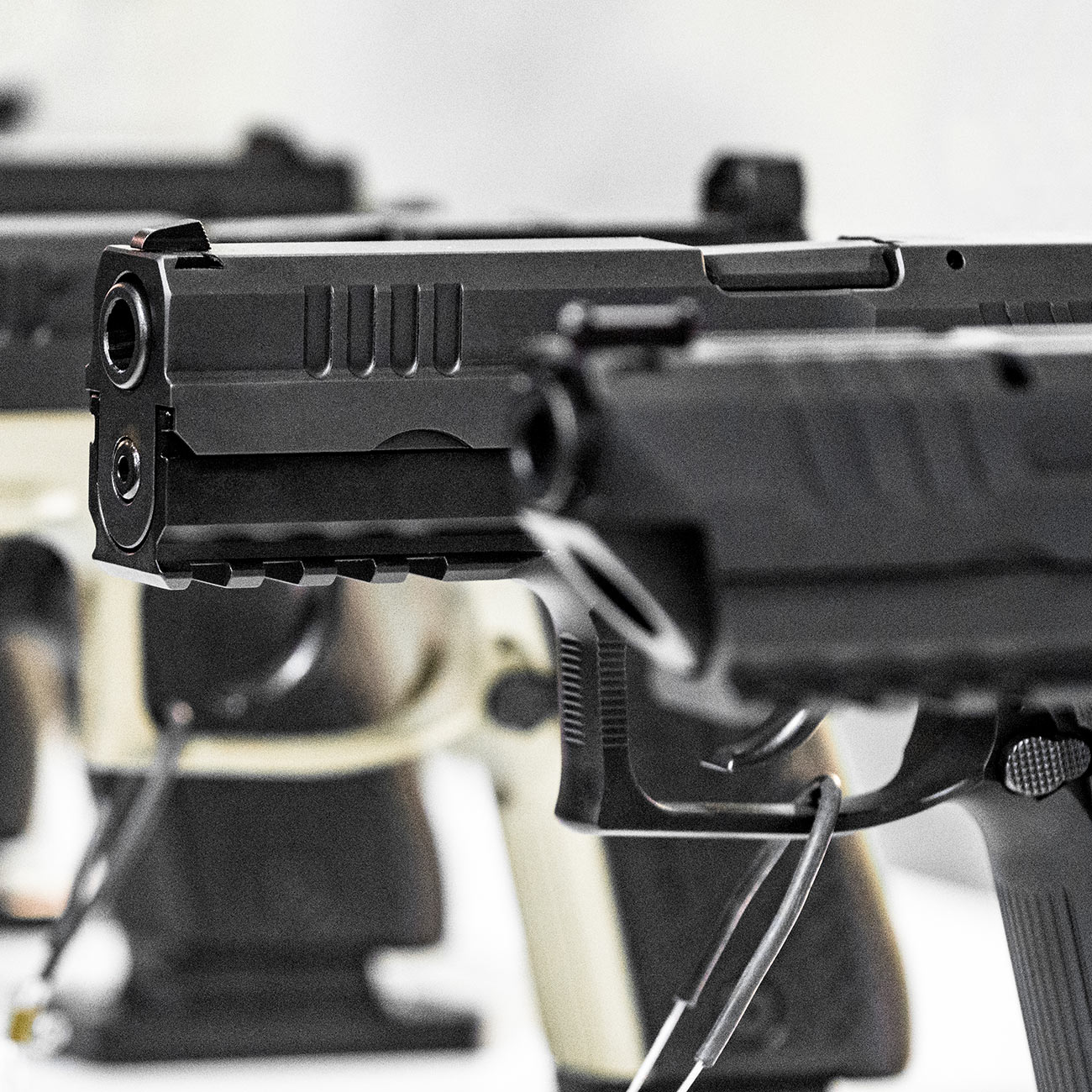JULY 11, 2023
 By David E. Mastagni and Taylor Davies-Mahaffey
By David E. Mastagni and Taylor Davies-Mahaffey
On June 2, amici curiae the Peace Officers Research Association of California (PORAC), the California State Sheriffs’ Association (CSSA), the California Police Chiefs Association (CPCA), the California Association of Highway Patrolmen (CAHP) and the California Reserve Peace Officers Association (CRPOA) filed a Ninth Circuit Court of Appeals amici curiae brief in Boland v. Bonta.
The amici brief supports the district’s court injunction against the requirements of the Unsafe Handgun Act (UHA) banning semiautomatic handguns without chamber load indicators, magazine detachment mechanisms and microstamping technology. Amici argued the UHA’s 2006, 2007 and 2013 amendments violate the Second and 14th amendments to the United States Constitution by prohibiting the sale of handguns without these features and requiring the eventual removal of all grandfathered handguns currently on-roster. While the UHA purports to ban unsafe handguns, it actually bars members of the public from obtaining newer, improved and safer generations of handguns already approved through California’s Roster of Certified Handguns.
Since 2013, no new handgun has been added to the UHA Roster of approved handguns. However, the statute requires the Department of Justice to remove three grandfathered semiautomatic handguns per every one semiautomatic admitted that satisfies all its operative technological feature requirements.
The practical effect of the requirements under California’s definition has been to label nearly every semiautomatic handgun in the United States unsafe and to either immediately or eventually impose a ban. Thus, the UHA arbitrarily deems as “unsafe” the handguns that thousands of police officers in the state use to protect society and to protect themselves on a daily basis. In fact, most officers are issued newer generations of Glocks and Sig Sauers that are not on the Roster. SB 377 would double down on this contradiction by prohibiting officers from personally purchasing the handguns they carry on duty. If these weapons were truly unsafe, amici would never permit their issuance to their members.
Hypocritically, the UHA permits peace officers to carry handguns labeled as unsafe while on duty, when the weapon is most likely to be used for self-defense. Modern semiautomatic handguns without chamber load indicators, magazine detachment mechanisms and microstamping technology, like the ones prohibited under the UHA, fit squarely within “the Second Amendment’s definition of ‘arms.’”
If California sincerely desired to reduce gun violence and promote public safety, the Legislature would enact laws and fund enforcement to keep guns out of the hands of prohibited persons and impose meaningful consequences when guns are used in violent crime. Unfortunately, the Legislature instead targets the self-defense rights of all Californians while reducing or eliminating sentencing enhancements for committing gun crimes. These concerns over California’s lax enforcement of serious gun crimes were recently echoed by the Association of Los Angeles Deputy District Attorneys in “California Could Further Reduce Gun Violence. If Only We’d Do It.”
As the brief concludes, “It is critical to the safety of the public that we keep guns out of the hands of prohibited persons and disincentivize the unlawful use of firearms through both enforcement and criminal enhancements. The provisions of the UHA presented in this appeal do not further these common-sense goals.”
The amici curiae brief was filed by David E. Mastagni and Timothy K. Talbot.
